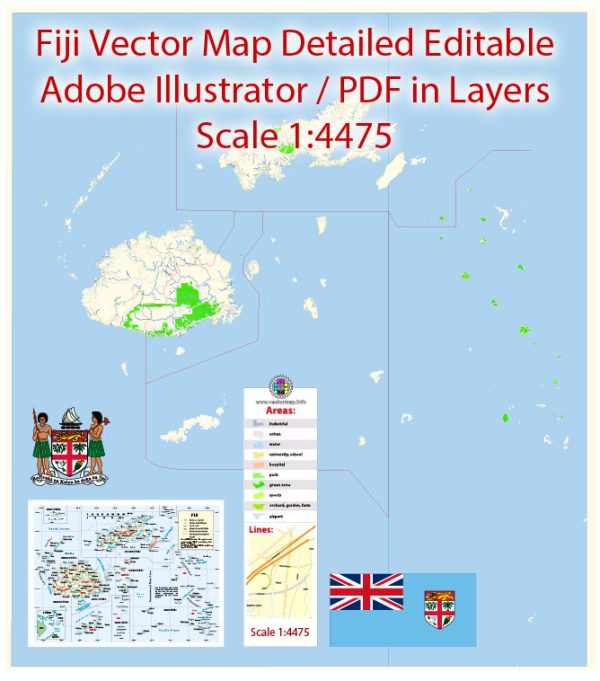Fiji gained its independence from British colonial rule on October 10, 1970. Before this, Fiji had been a British Crown Colony since 1874, when it was ceded to Great Britain by its traditional chiefs.
Here is a brief overview of Fiji’s path to independence:
- Pre-Colonial Era:
- Before European contact, Fiji was inhabited by the indigenous Fijian people. The islands were discovered by European explorers in the 17th century.
- European Contact and Colonization:
- The first Europeans to visit Fiji were Dutch explorers in the 17th century, but it was not until the 19th century that European powers began to take a more active interest in the islands.
- Missionaries and traders arrived in the early 19th century, followed by settlers and the establishment of plantations.
- Cession to Britain (1874):
- In 1874, following political turmoil and internal conflicts among Fijian chiefs, Fiji was voluntarily ceded to Great Britain by Seru Epenisa Cakobau, one of the paramount chiefs.
- Fiji then became a British Crown Colony.
- Development under British Rule:
- Under British administration, Fiji underwent significant economic and social changes. The British introduced a system of land tenure, which had a lasting impact on the Fijian society.
- Path to Independence:
- During the mid-20th century, the winds of change were sweeping through many British colonies as they sought independence.
- Fiji began the journey toward self-governance with constitutional reforms. In 1966, Fiji was granted responsible government, and in 1970, it achieved full independence.
- Independence (1970):
- Fiji officially gained independence on October 10, 1970.
- The first Prime Minister of independent Fiji was Ratu Sir Kamisese Mara.
- Post-Independence Challenges:
- The post-independence era saw challenges related to ethnic tensions between the indigenous Fijian population and the Indo-Fijian community, which had been brought in as indentured labor during the colonial period.
- Political instability and coups characterized Fiji’s politics in the late 20th and early 21st centuries.
Fiji’s history since independence has been marked by political and social developments, including periods of democratic governance and episodes of political instability. The country continues to be a multicultural society with a mix of indigenous Fijians, Indo-Fijians, and other ethnic groups.


 Author: Kirill Shrayber, Ph.D.
Author: Kirill Shrayber, Ph.D.